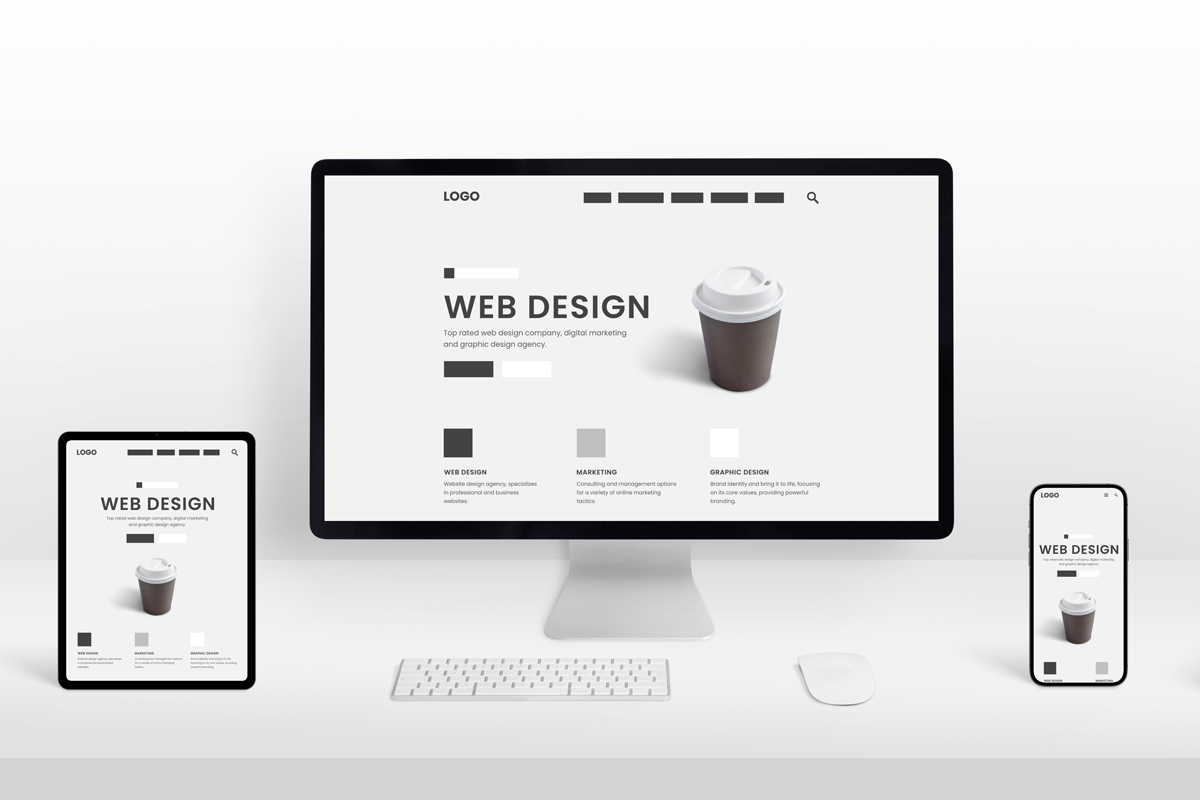Unveiling the Secrets of Ghosted Domains
Explore the intriguing world of expired domains and online opportunities.
Less is More: Why Minimalist Web Design Wins Hearts
Discover how minimalist web design captivates users and boosts engagement—embrace simplicity for stunning results!
The Psychology Behind Minimalist Web Design: Why Less Is More
The principle of minimalist web design is rooted in the understanding of human psychology and how users interact with digital environments. When faced with overwhelming choices and cluttered interfaces, users can experience cognitive overload, leading to frustration and disengagement. By embracing a 'less is more' philosophy, minimalist designs reduce distractions, allowing visitors to focus on essential content and functionality. This creates a more enjoyable and efficient user experience, where the clarity of information becomes paramount.
Moreover, minimalist web design fosters an effective communication style that resonates with users at a deeper psychological level. The use of whitespace, simple typography, and limited color palettes can evoke a sense of calm and order. Studies indicate that users often prefer design elements that emphasize simplicity, as they find them easier to navigate and aesthetically pleasing. By prioritizing minimalist design, businesses can enhance their brand image, facilitate user engagement, and ultimately drive conversions by creating a streamlined pathway for their audience.

10 Key Principles of Minimalist Web Design That Engage Users
Minimalist web design focuses on simplicity and usability, allowing users to engage with the content without unnecessary distractions. One of the key principles is visual hierarchy, which involves organizing elements on a page so that the most important information stands out. This can be achieved through size, color, and layout, ensuring that users know where to focus their attention first. Another essential principle is the use of white space; providing ample space around design elements helps to create a clean and organized look, making it easier for users to navigate and absorb information.
Moreover, minimalist designs often employ a limited color palette, which aids in establishing a cohesive look and feel. When using color, it's crucial to choose a few complementary shades that enhance rather than overwhelm the user experience. Additionally, incorporating intuitive navigation is vital; menus should be straightforward and accessible, allowing users to find what they need quickly. Lastly, ensuring that your website is responsive is key, as it allows for an optimal viewing experience across various devices, greatly enhancing user engagement.
Is Minimalism the Future of Web Design? Exploring Current Trends
As digital landscapes evolve, minimalism in web design has emerged as a significant trend, offering a clean and user-friendly experience. This design philosophy emphasizes simplicity, functionality, and the elimination of clutter, allowing users to focus on what truly matters. By reducing distractions and enhancing visual hierarchy, minimalist designs are more accessible, facilitating better navigation and engagement. This shift towards minimalism in web design is not just about aesthetic appeal; it reflects a broader understanding of user behavior and preferences in an age where attention spans are dwindling.
Current trends indicate that the future of web design may increasingly lean towards minimalism, with many designers adopting principles that prioritize content and user experience. Key features include ample whitespace, straightforward typography, and a limited color palette, which together create a serene and coherent visual identity. Moreover, as mobile usage continues to rise, responsive minimalist designs cater to various screen sizes seamlessly. In this evolving digital environment, embracing a minimalist approach can not only enhance user satisfaction but also improve website performance and loading speeds, making it a strategy worth considering for anyone looking to stay ahead in web design.